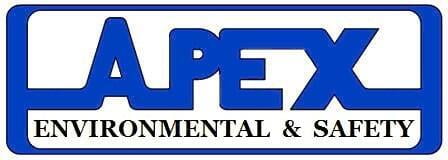Welcome to this week's safety toolbox talk on Confined Space Safety - Understanding the Risks and Precautions. Confined spaces can be found in various workplaces, and they present unique hazards that require special attention and precautions to ensure the safety of employees working in or around them.
A confined space is defined as an area that has limited entry and exit points and is not intended for continuous occupancy. These spaces can include tanks, vessels, silos, vaults, sewers, and other similar structures. The limited access and ventilation in confined spaces can lead to dangerous conditions, such as oxygen deficiency, toxic gas accumulation, or the potential for engulfment.
To work safely in confined spaces, it is essential to follow established safety procedures and guidelines. Here are some critical points to consider:
Permit System: Before entering a confined space, a confined space entry permit must be issued by an authorized supervisor. This permit outlines the specific precautions and safety measures required for entry and work within the confined space.
Atmospheric Testing: Always test the atmosphere inside the confined space before entry. Use gas detectors to check for oxygen levels, flammable gases, and toxic substances. Never enter a confined space with an atmosphere that does not meet safety requirements.
Ventilation: Ensure proper ventilation is established before and during work inside the confined space. Ventilation helps maintain a safe atmosphere by reducing the concentration of hazardous gases and ensuring an adequate supply of oxygen.
Personal Protective Equipment (PPE): Wear appropriate PPE, such as respiratory protection, fall protection, and appropriate clothing, based on the specific hazards present in the confined space.
Communication: Establish effective communication methods between workers inside the confined space and those outside. Use radios or other reliable communication devices to maintain contact and respond quickly in case of emergencies.
Emergency Response Plan: Have a well-defined emergency response plan in place before entering the confined space. Everyone involved in the entry must know their roles and responsibilities in case of an emergency.
Continuous Monitoring: Continuously monitor the atmosphere and conditions inside the confined space throughout the work duration. Be prepared to evacuate if conditions deteriorate.
Training: Ensure that all employees involved in confined space work receive proper training on the hazards, procedures, and equipment required for safe entry and work.
Remember, working in confined spaces can be life-threatening without proper safety precautions. Prioritize safety, adhere to the established procedures, and work together as a team to create a safe environment for everyone involved.

